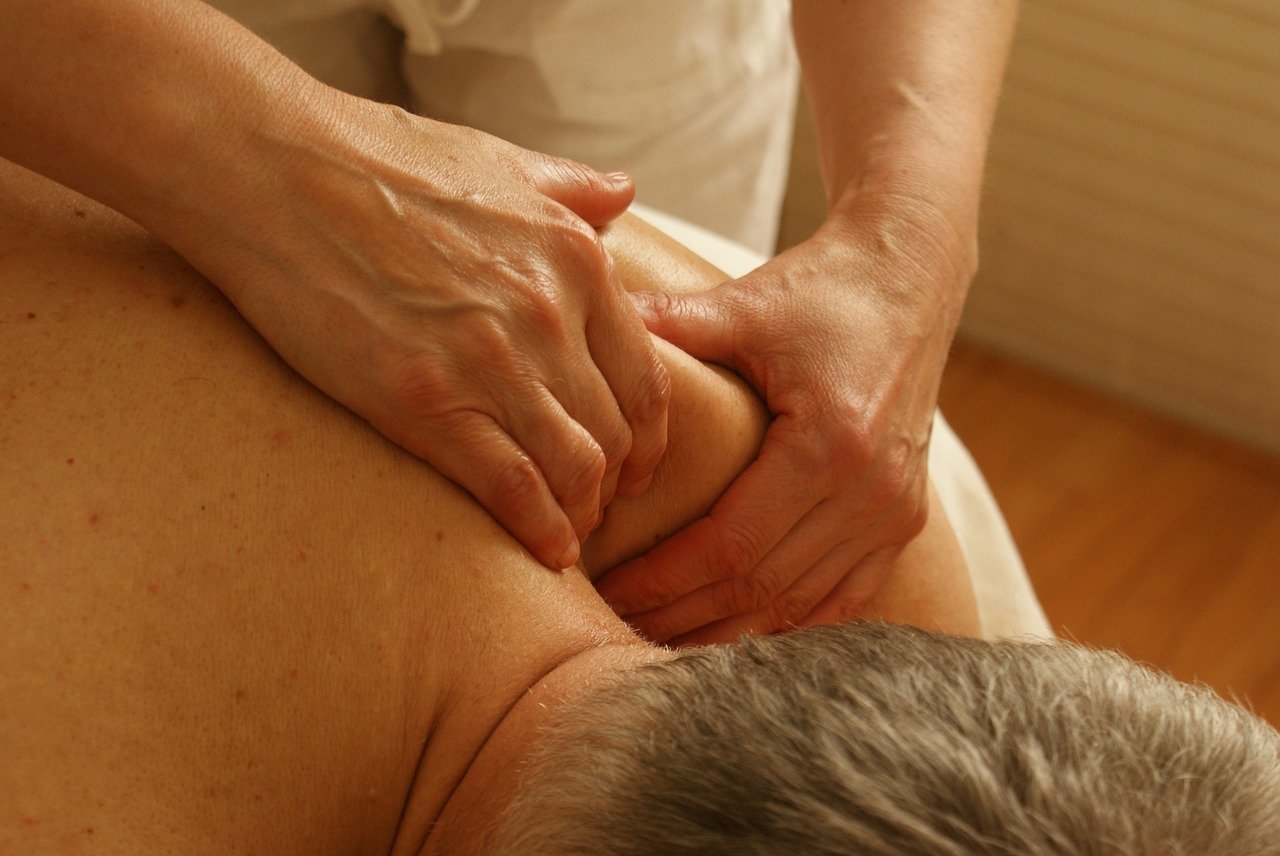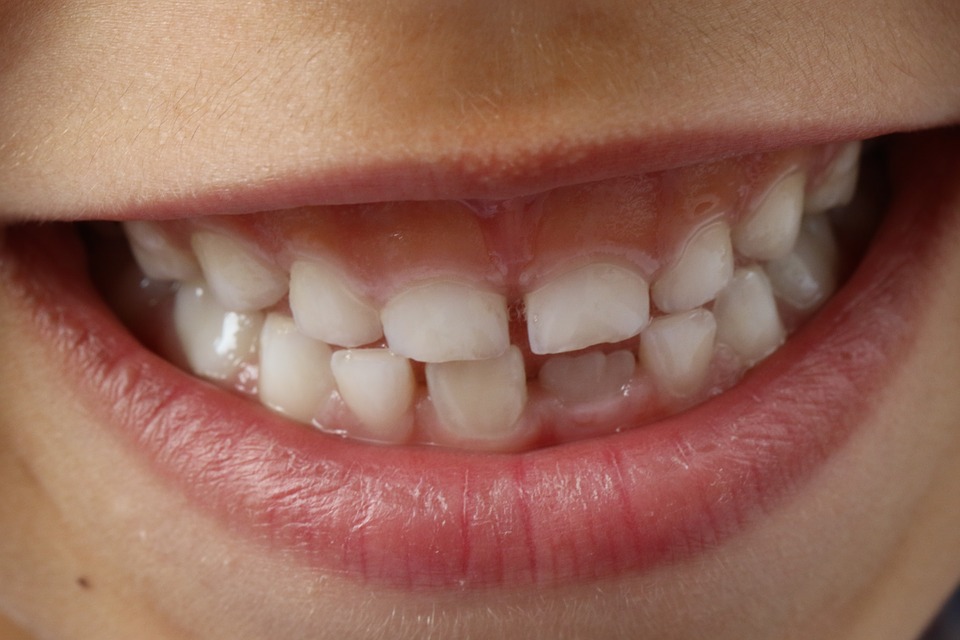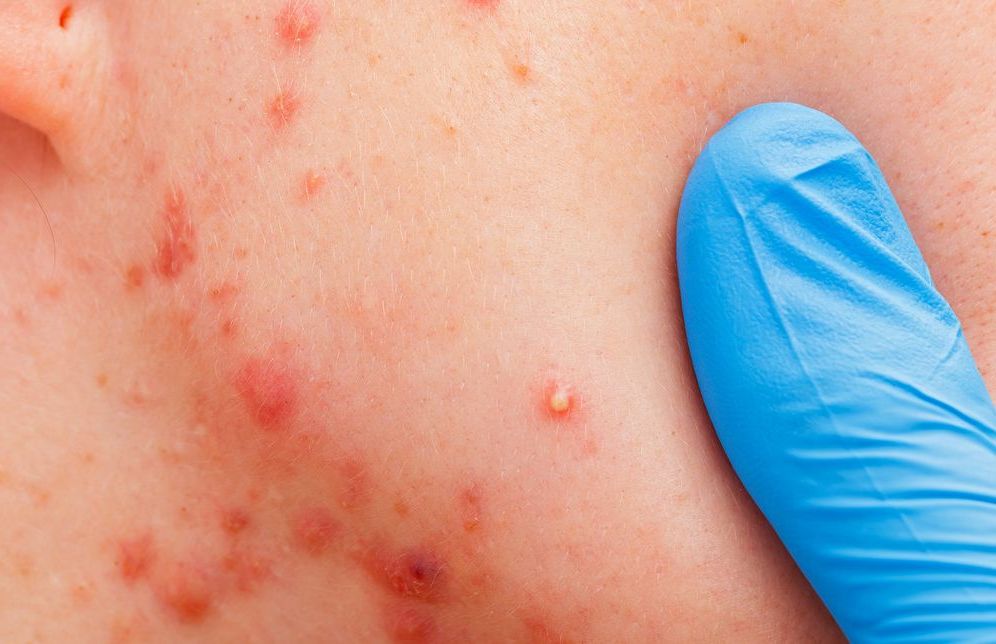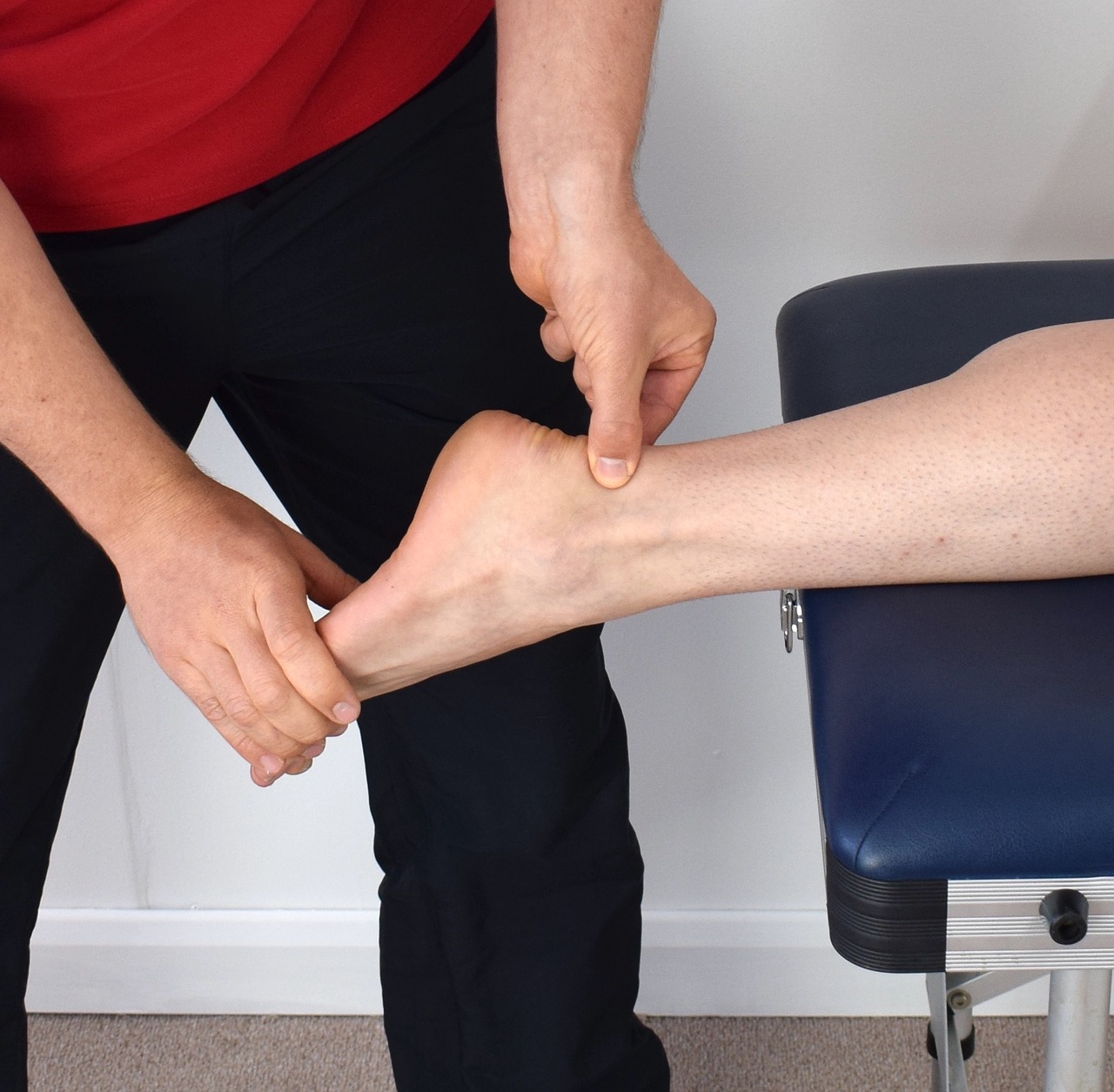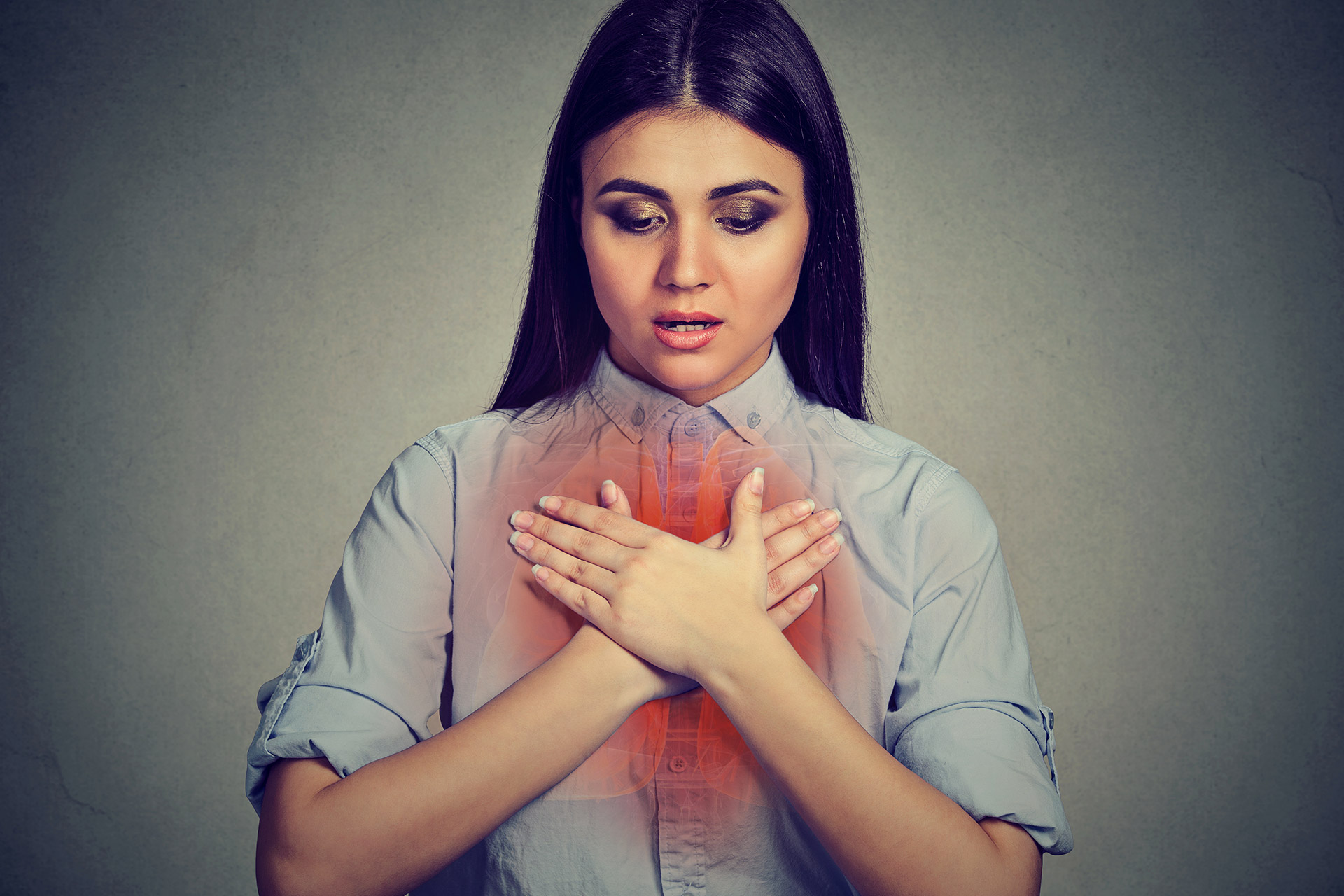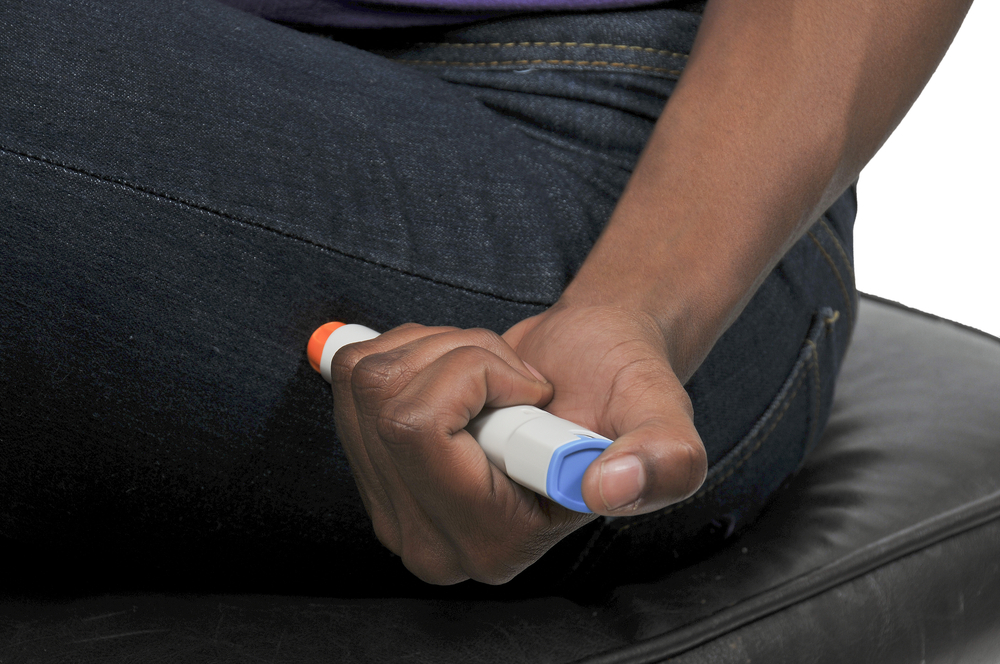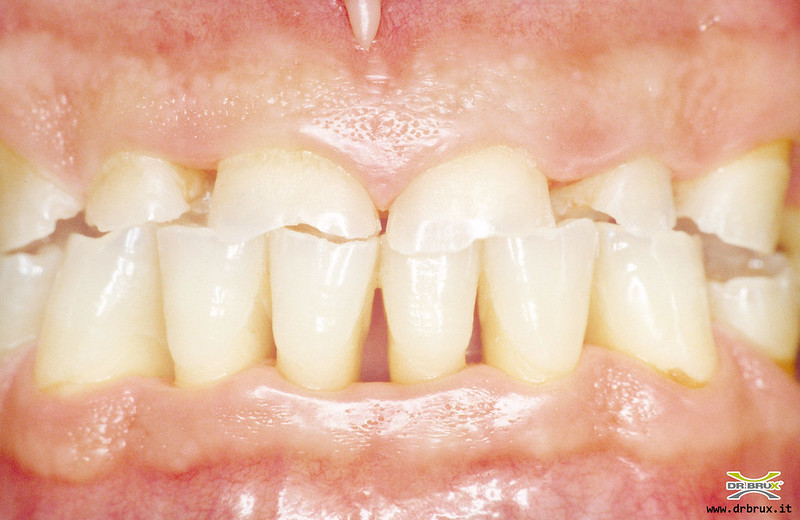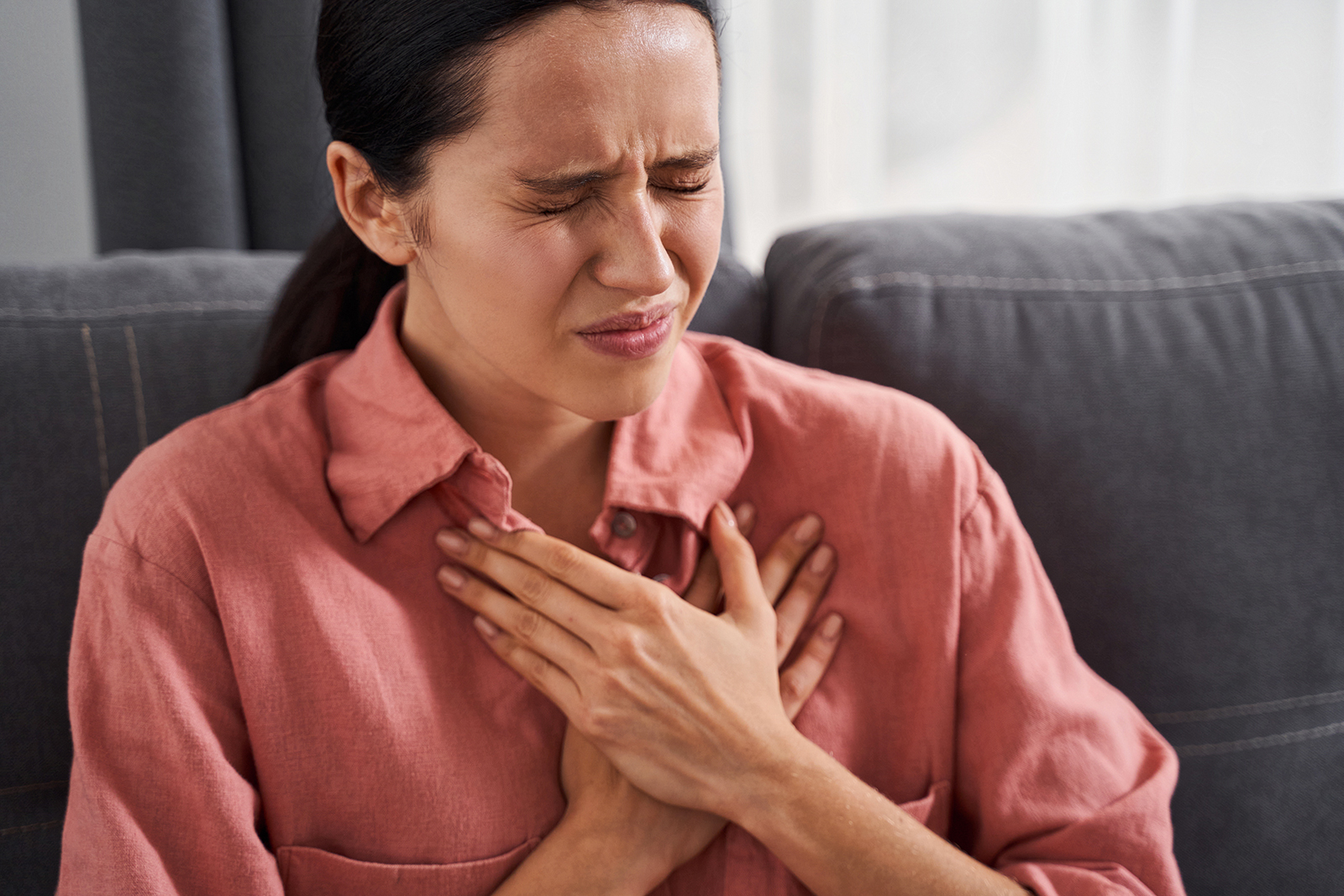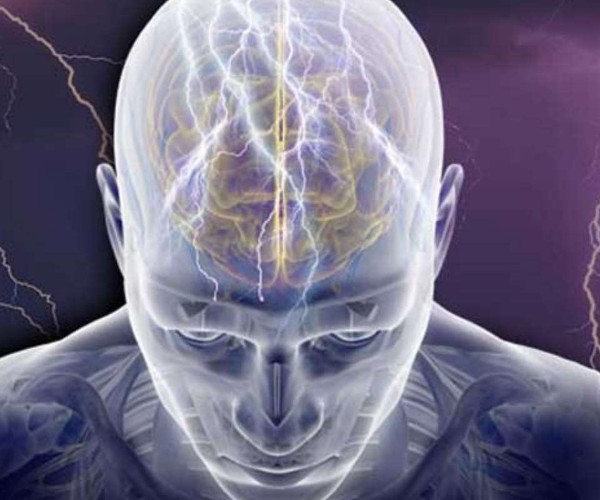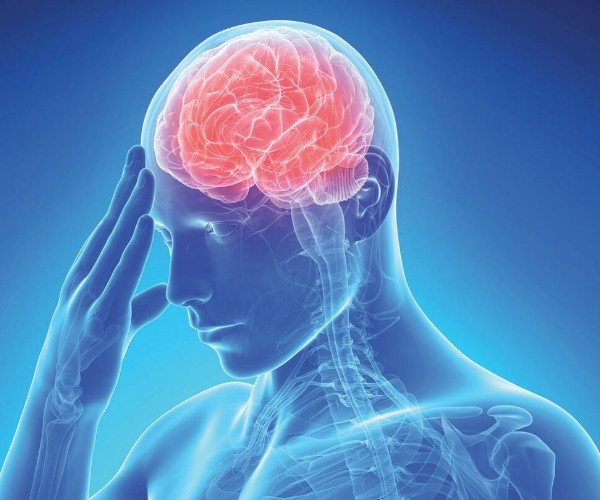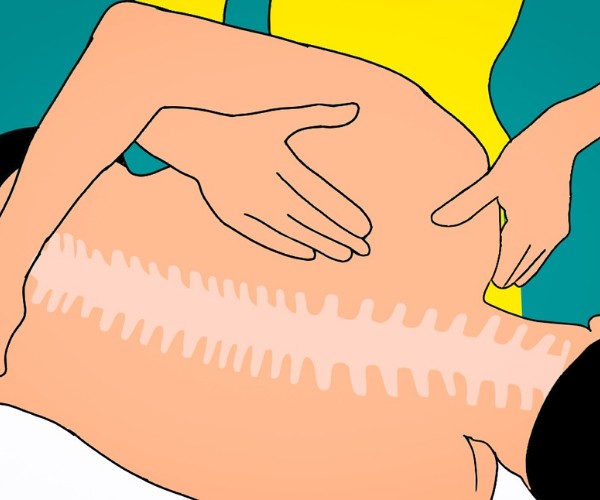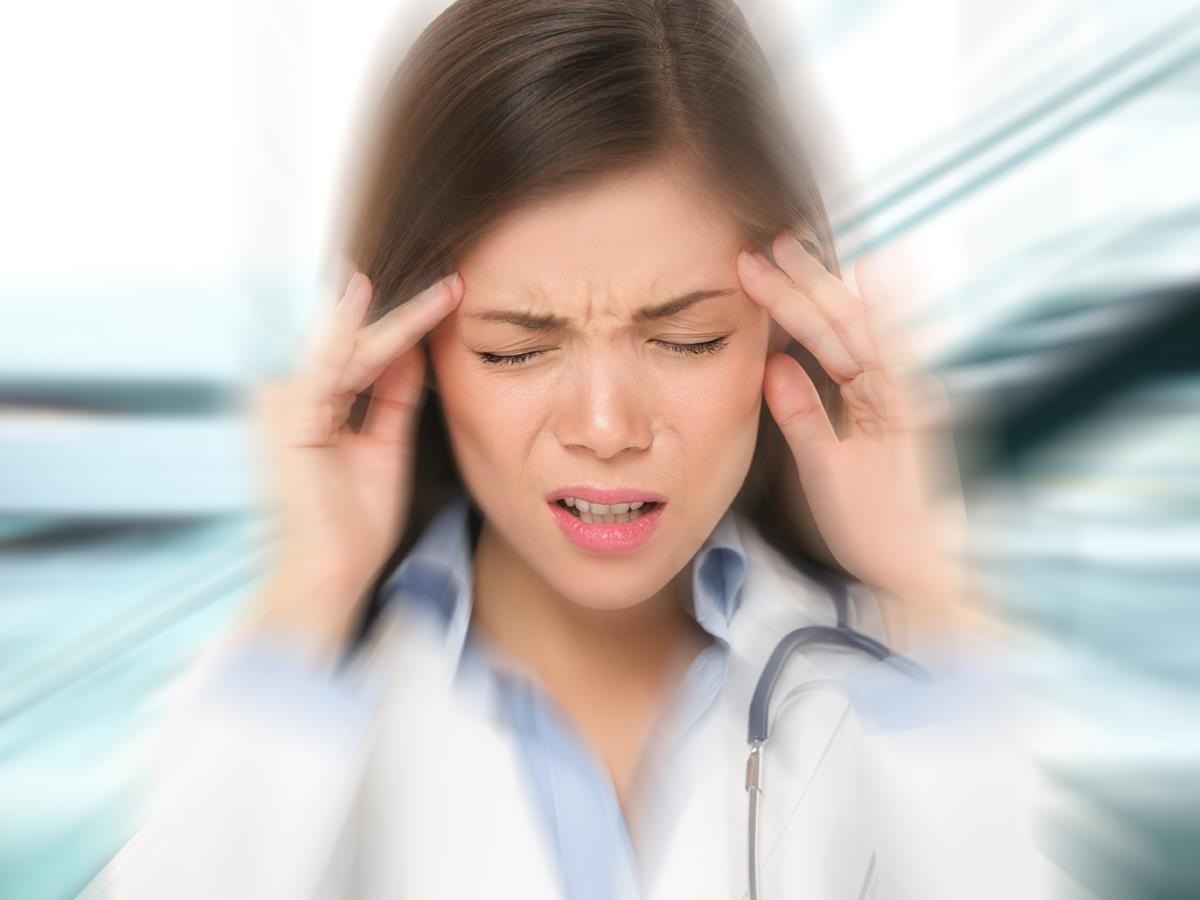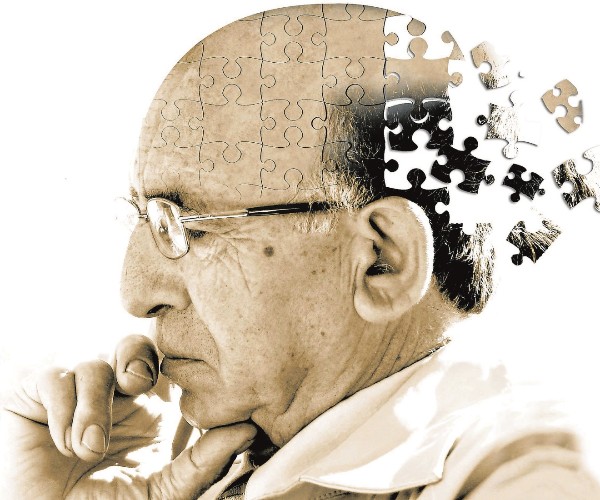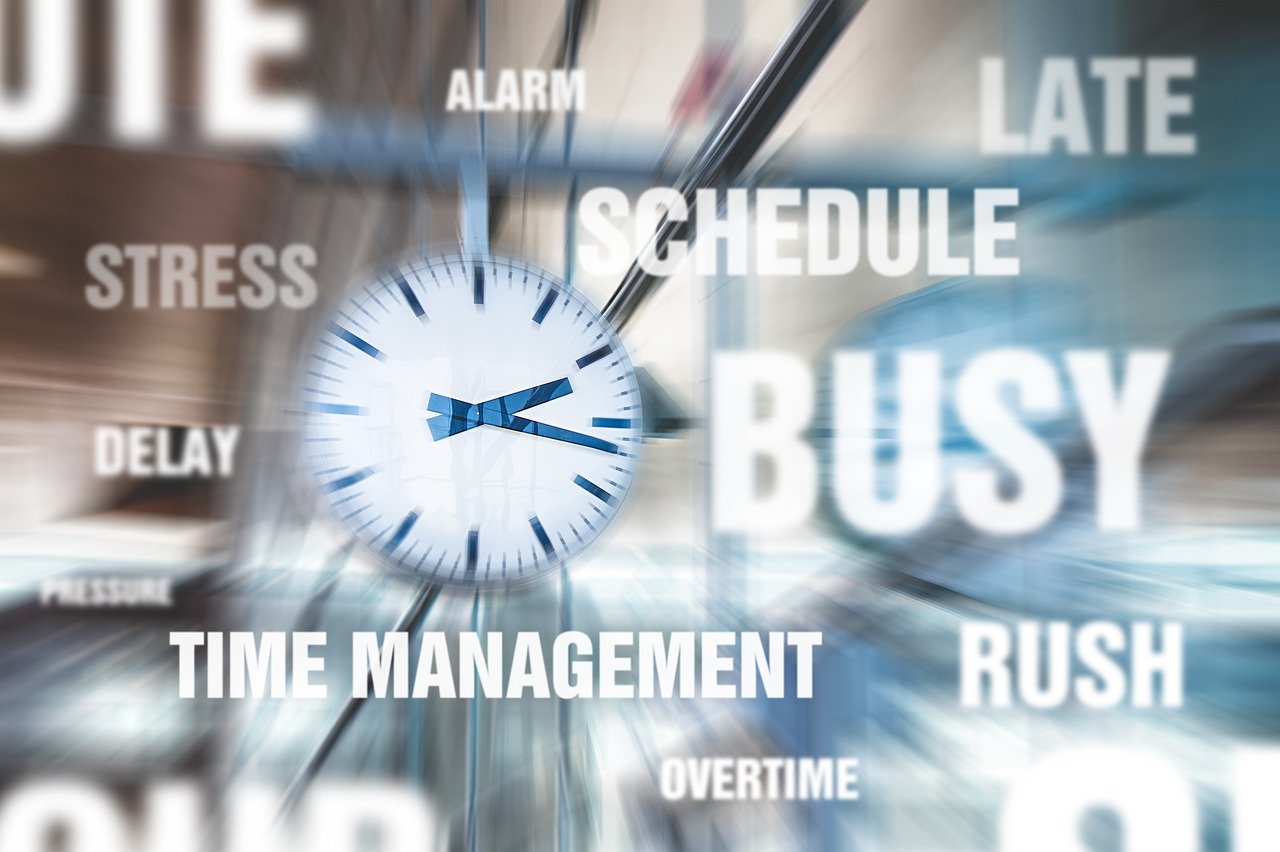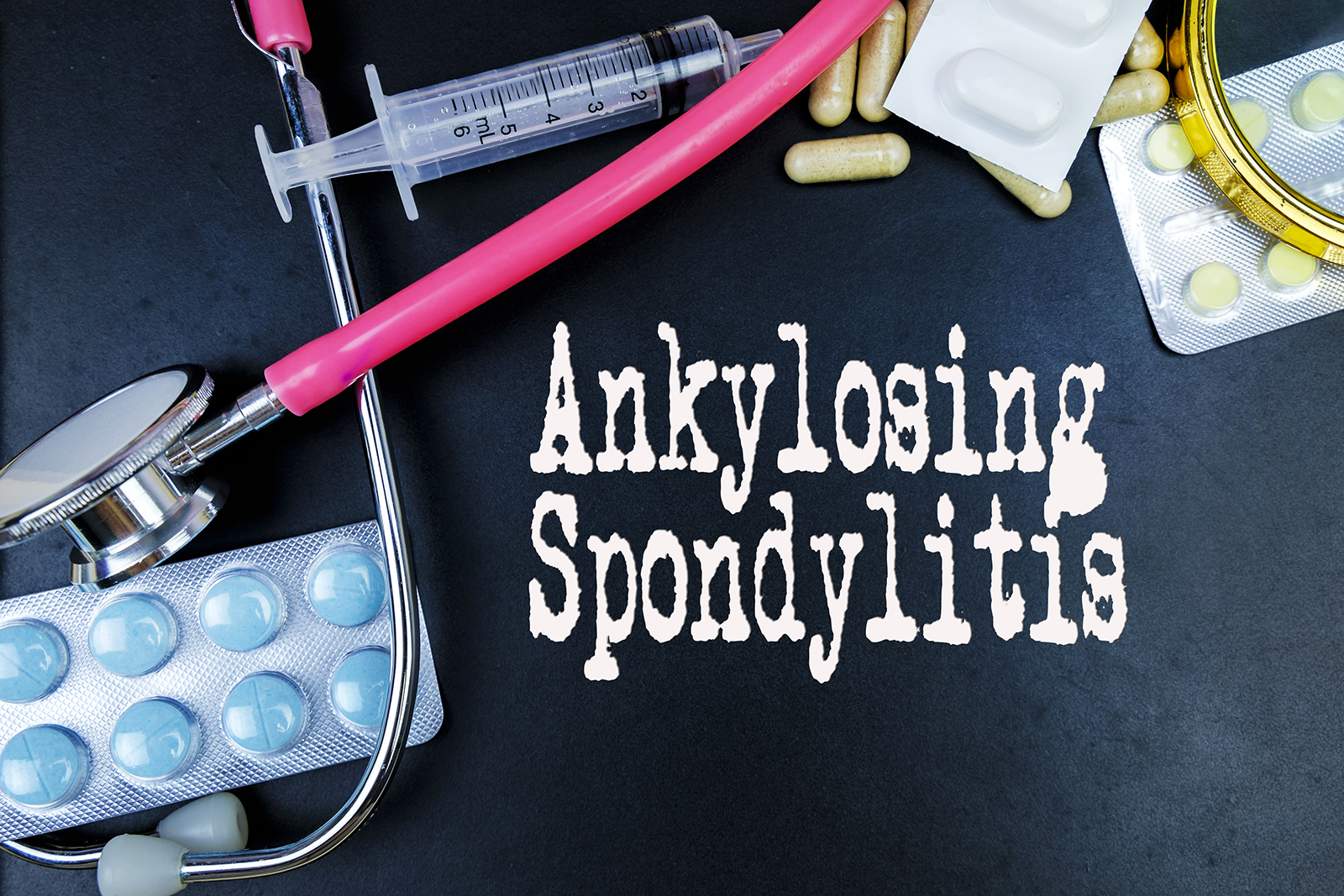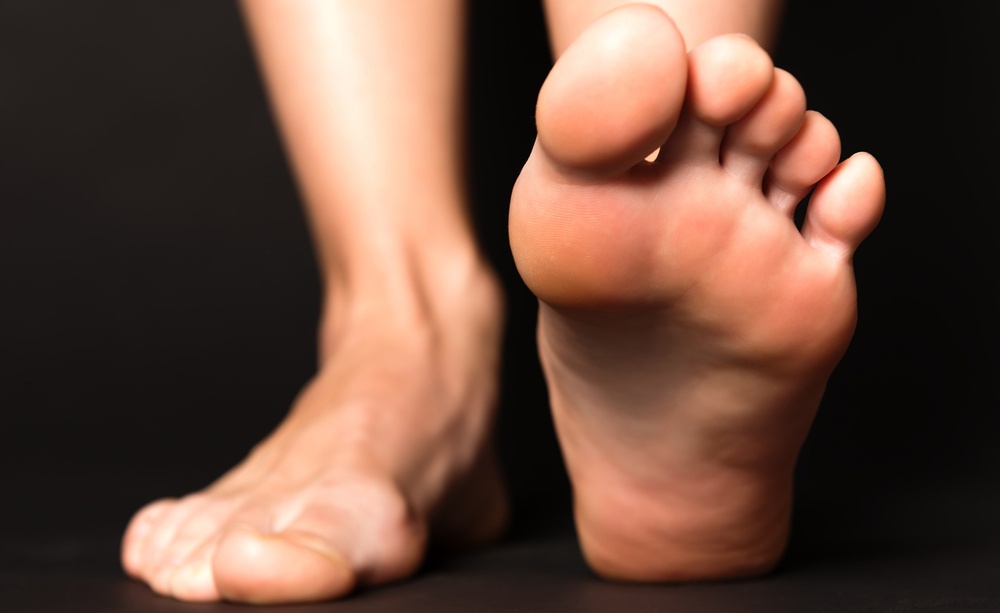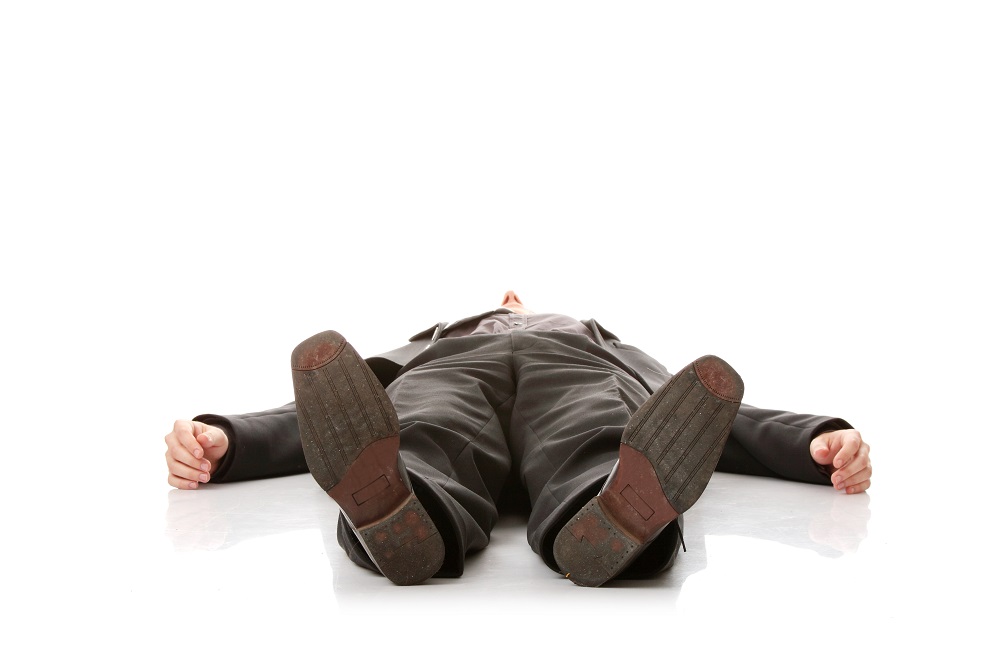A seizure is the result of a sudden electrical stimulation of the brain. Seizures are often not as severe as they seem. Pathological conditions that can cause a seizure include epilepsy, heat stroke, poisoning or drug reactions, hypoglycemia, high fever, brain injury, tumor or stroke, and electric shock.
Seizures can be convulsive and nonconvulsive, depending on the brain area affected by the dysfunction.
Convulsive sei zures are those through which the person goes into convulsions that last 2 to 5 minutes, with muscle spasms and loss of consciousness.
Nonconvulsive seizures, on the other hand, may manifest through fixation of gaze that lasts only a few seconds, involuntary arm movement, or a period of automatic movement.
What to do?
- It is necessary to place the patient’s head on a soft surface.
- Loosen tight clothing around the neck and do not put anything between the victim’s teeth during the attack.
- Turn the victim on his or her side.
- The moment the seizure ends, offer help and avoid embarrassing the patient.
- It is necessary to take the patient to the hospital if the seizure lasts longer than 5 minutes, if the person is a nonepileptic, if recovery is slow, or if the person is pregnant.
Source: Mediserve‘s Pocket Guide to First Aid.




